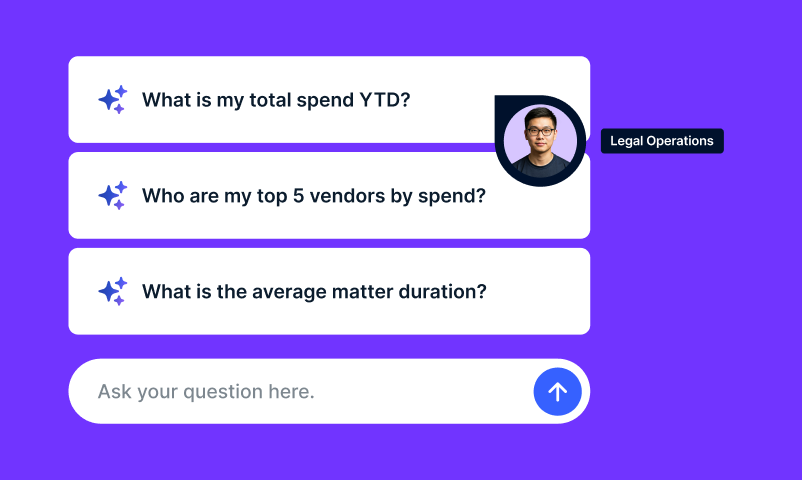
In speaking to legal departments, a common theme is fear of falling behind as innovators in legal department management — from General Electric to Google to the legal operations innovators at CLOC — come up with creative approaches to demonstrate data-driven approaches to legal spend.
Specifically, the features of the new legal landscape pressuring legal departments are:
- Data is Redefining Legal Management: Leading legal departments are breaking old norms of managing legal work — where few constraints were imposed on outside counsel — with creative approaches using data and other tools to get the most for their money while also increasing the quality of the legal services provided
to them. - As a Result, There is a Widening Gap in Performance Between Leaders and Laggards: A big gulf in results is beginning to separate these modern legal departments who use data and legal operations tools with those doing it the old way.
A forthcoming paper in the Fordham Law Review by Professor Morris Ratner discusses this widening gap in the litigation market.
Data-Driven Management Example: Breaking Litigation Into Phases
Ratner highlights how data is allowing clients to break up single matters into manageable phases with tools including data and procurement principles.
Instead of looking at litigations as a whole, clients are attaching different fee structures to different phases –whether motion practice, discovery, trial preposition, or other elements of litigation.
This approach can save a legal department millions of dollars a year by removing unfettered discretion from counsel in smart strategic ways.
Professor Ratner says:
“Clients looking to control legal spend, supported by changes in information and project management technologies and competition among law firms, are unbundling legal work to assign tasks rather than cases to individual lawyers or firms, applying procurement principles to source legal projects to the most cost efficient providers.
These same forces have increased the prevalence and commitment to litigation budgets and have pushed flat and other “value-based” pricing into a variety of litigation settings.
Both mechanisms better align the financial interests of lawyers and clients and facilitate client input into the tasks undertaken to achieve litigation aims.”
By breaking up the matter, clients can successfully focus their counsel on tasks that create value by aligning economic incentives and move away from the traditional approach where the client handed over the keys on how a legal matter was handled and awaited a final bill.
Consequence: Legal Departments Falling Behind
Professor Ratner worries that many clients are falling behind and consequently achieving worse results in cost and quality from their legal providers.
He says that currently, only sophisticated clients have the tools, knowledge, and manpower to use such techniques currently. He notes that it is imperative that all clients benefit from such techniques:
What we need to cultivate is a shift in legal ethics that requires all lawyers to pay as much attention to value as sophisticated clients demand.
Indeed, we hear from GCs that they are increasingly being asked by their colleagues on how they are implementing “value-based” systems. Consequently, GCs are doing what they can to catch up.
In a forthcoming post, we will explain how the approach of breaking matters into phases extends well beyond litigation using examples from Bodhala’s work.



